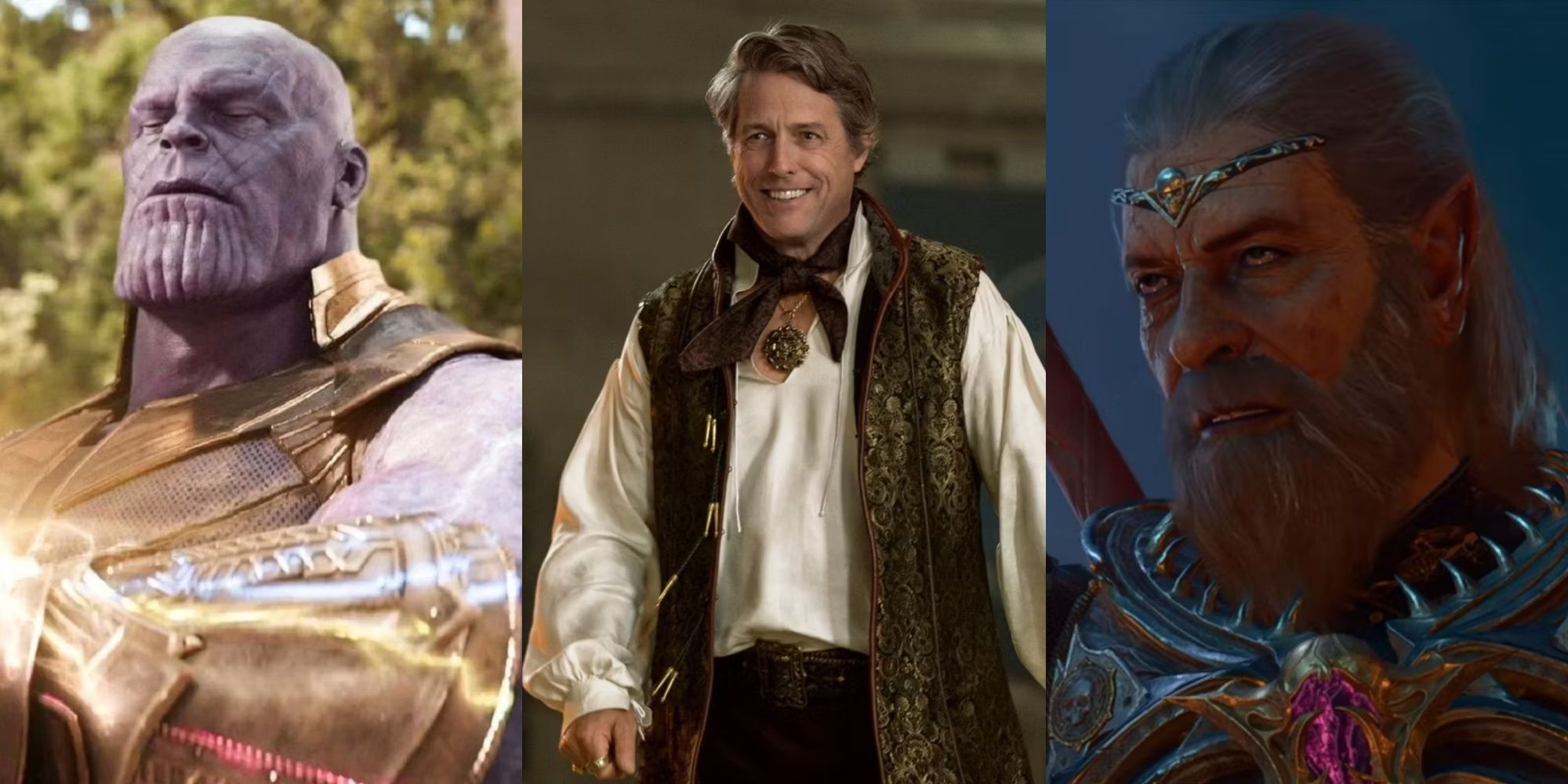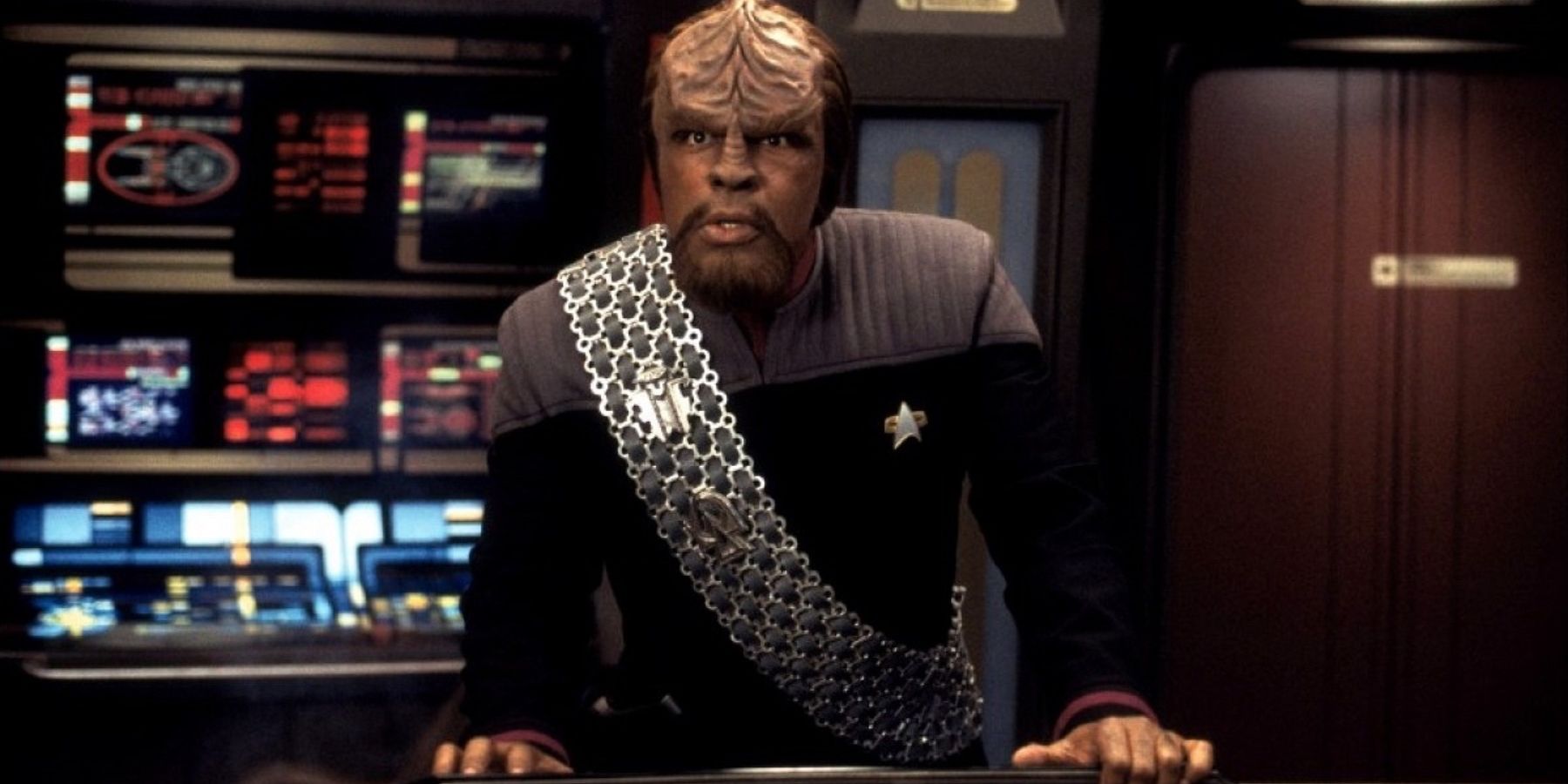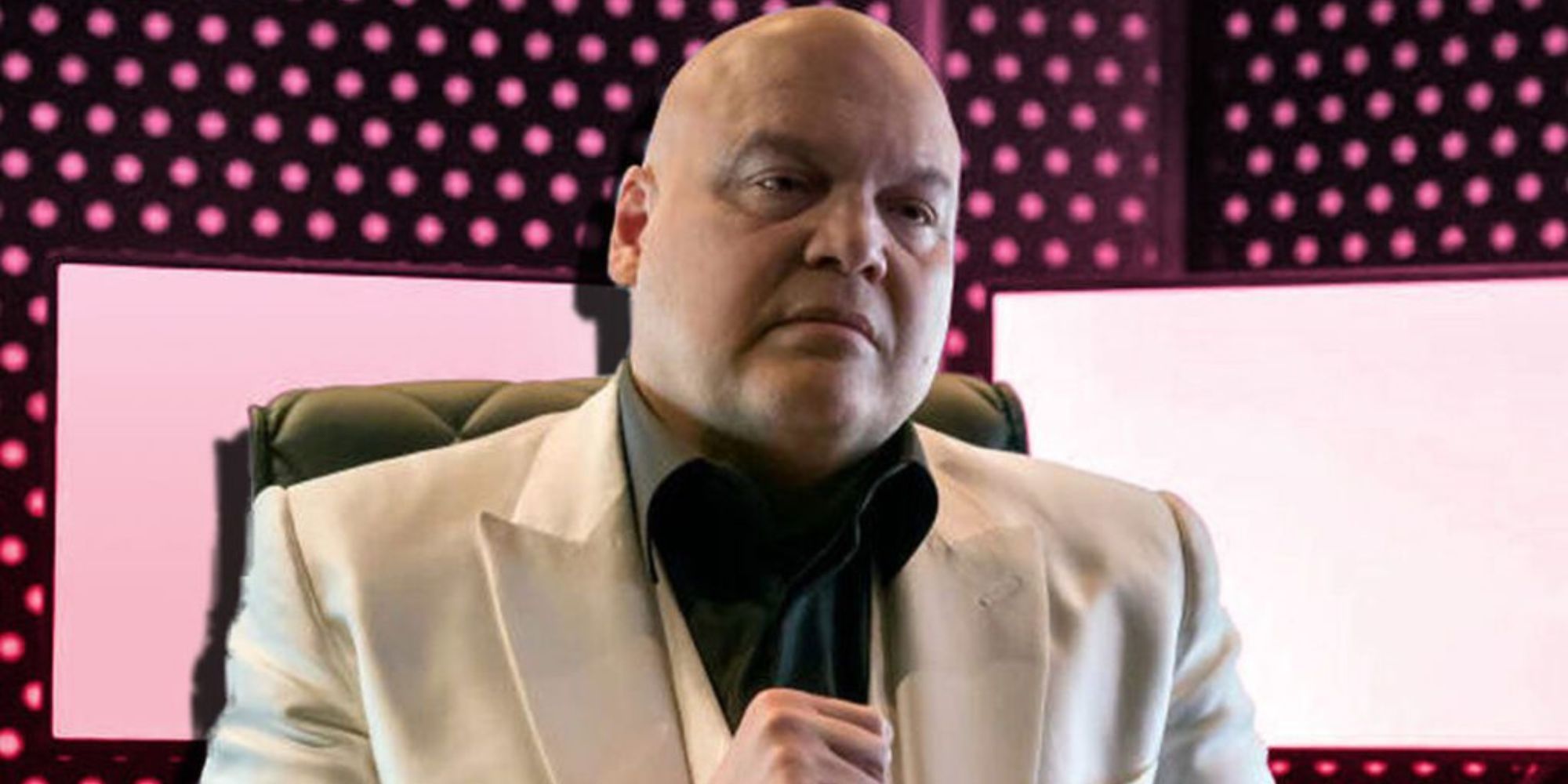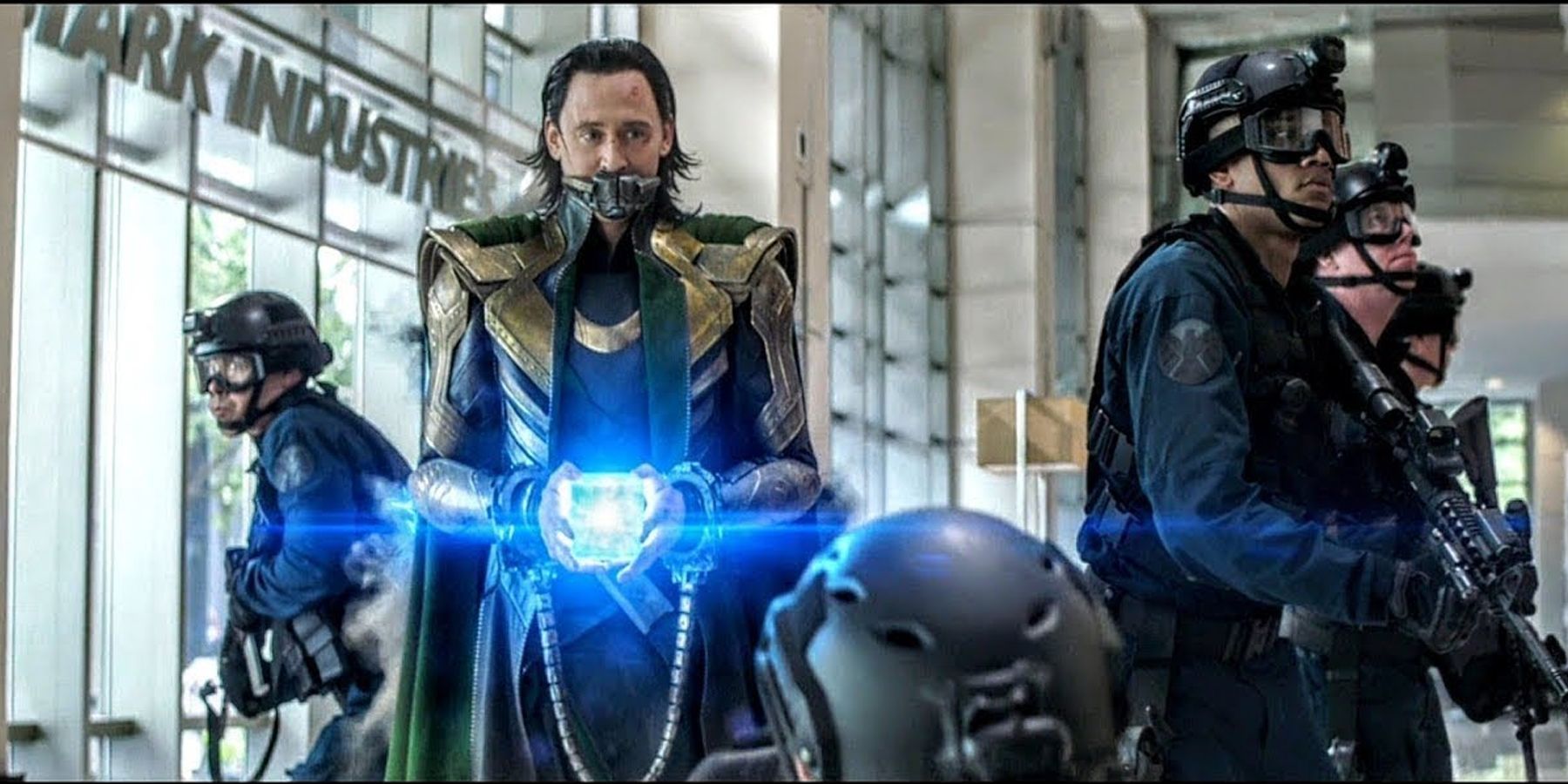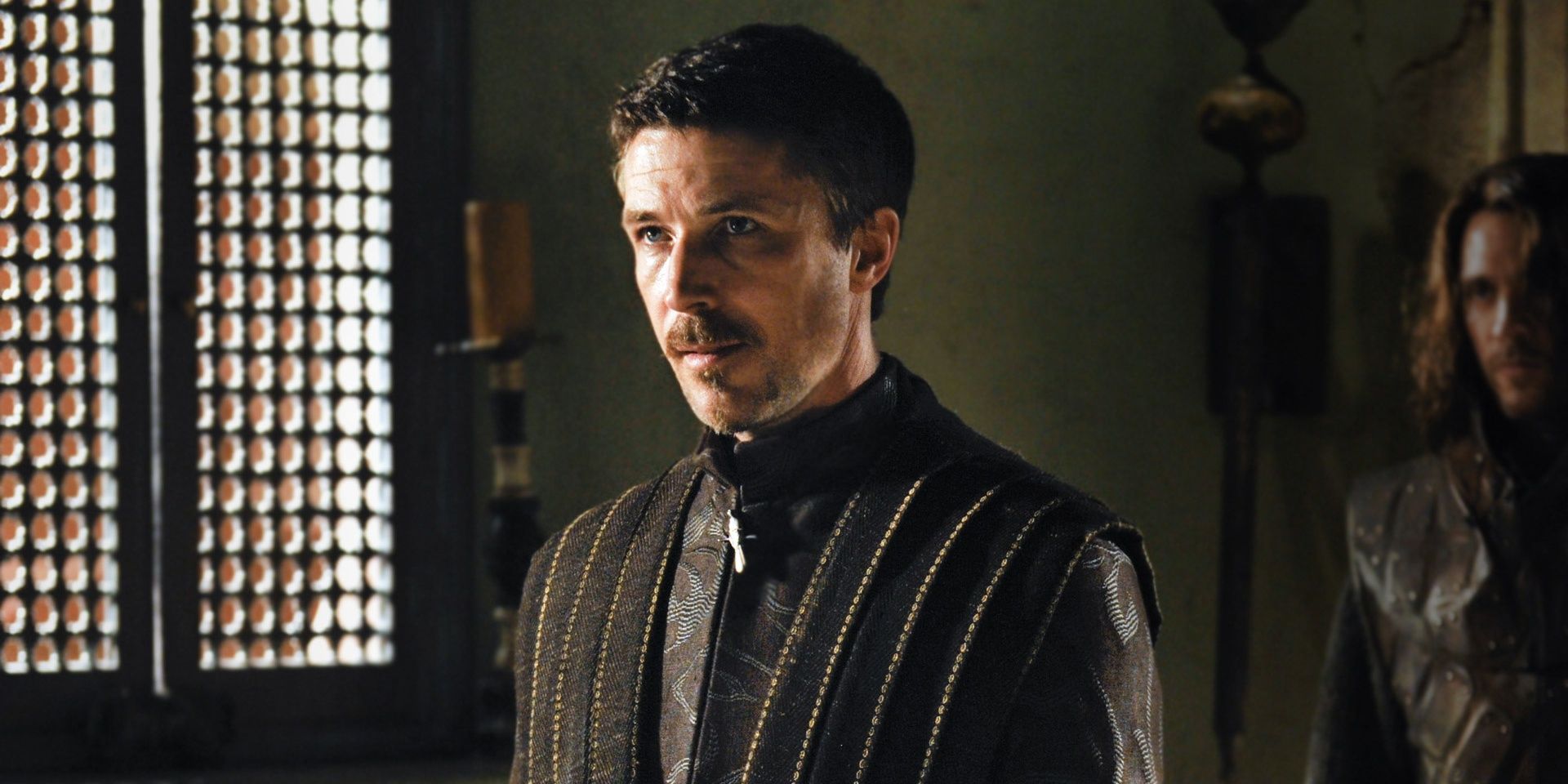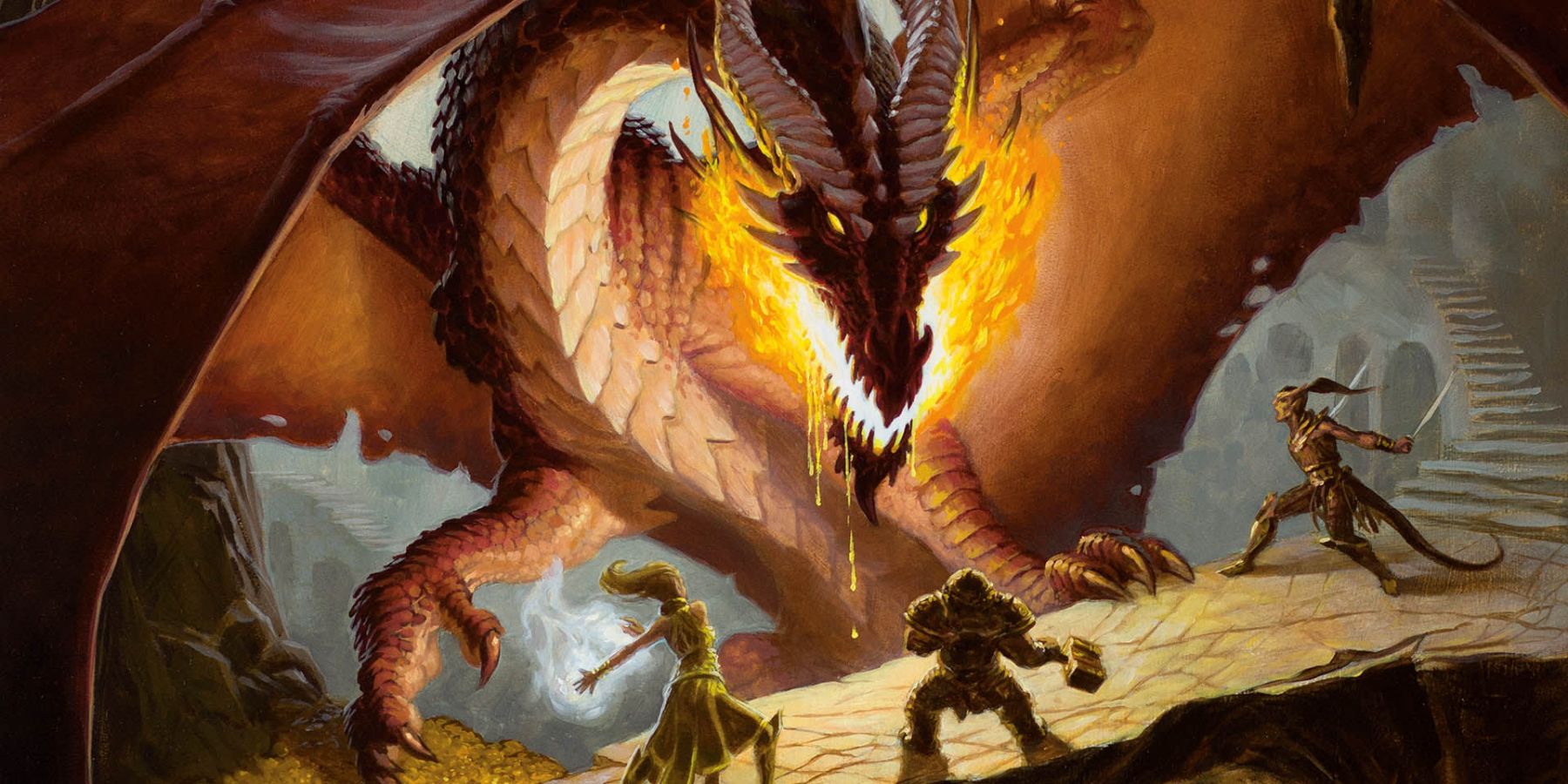Highlights
- Harness inspiration from D&D history, Baldur's Gate 3, or movie villains for a memorable campaign villain.
- Utilize 'Worf' Trope for instant threat, expose villain's weaknesses, clear goals, and plan for player contingencies.
- Engage players with active villains who react to defeats, possess gray moral areas, and challenge players consistently.
There are scores of great villains throughout the history of fiction, so it can be intimidating to concoct a homebrew villain that will properly unite players in a shared goal to put a stop to their nefarious plans. There are fantastic villains to take inspiration from in Dungeons & Dragons history, as well as games like Baldur's Gate 3, or movies like Dungeons & Dragons: Honor Among Thieves. To keep players hooked, a memorable villain will need to make the adventuring party want to take them down.
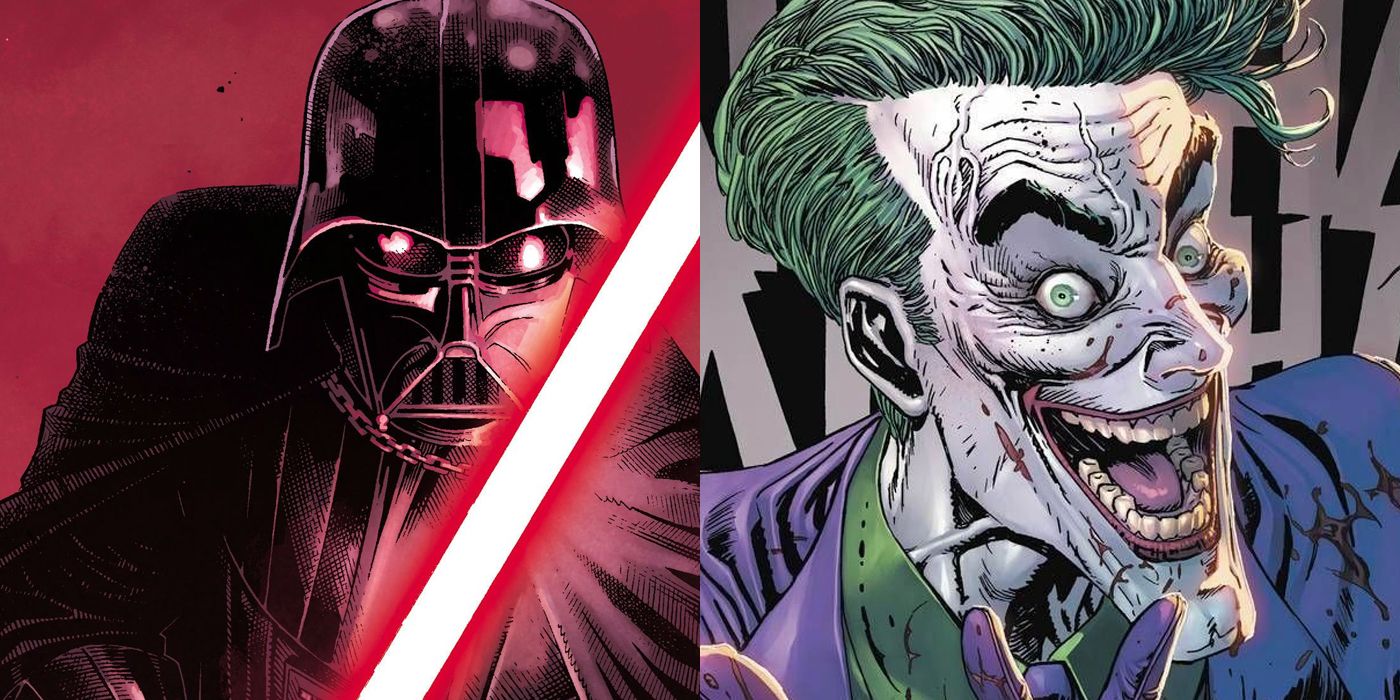
Dungeons & Dragons: 10 Mistakes DMs Do That Result In Bad Villains
When creating a villain for a Dungeons & Dragons campaign, Dungeon Masters should try to avoid these mistakes.
Someone they love to hate. Someone whose downfall they are planning. From a vendetta against the party, to a tragic backstory that paints them in a morally gray light, there are plenty of ways to write compelling villains and create a memorable foe when creating a Dungeons & Dragons campaign. Here are some top tips to keep in mind.
6 The 'Worf' Trope
An Effective Way To Showcase Power
The 'Worf' Trope comes from Star Trek, where a character the audience already knows is strong is physically outmatched. This demonstrates very quickly that this new threat is to be taken seriously. It can be seen in Avengers: Infinity War when Thanos wipes the floor with The Hulk, or when Knuckles attacks Sonic in Sonic the Hedgehog 2. A way to utilize this effect in Dungeons & Dragons, could be to take an NPC the players like, and bring everyone face to face with the villain, only for the villain to swiftly dispatch the NPC as a way to threaten or intimidate the party. This works especially well if the party had some sort of adventure with the ill-fated NPC prior to their demise, and doubly if they owe the NPC some sort of debt of gratitude for saving their lives in a previous encounter...
This trope is common for a reason: it very quickly shows the players who the boss is, and paints the villain as a force to be reckoned with. This is a great example of 'show don't tell' storytelling, which only serves to make the adventure more interesting, and much more cinematic.
5 Make Them Fallible
Villains Have Weaknesses, Too
An all-powerful villain might be fun to take down at the end of a long campaign, but a villain that has weak points provides fantastic roleplaying opportunities. A great example of this is Wilson Fisk from Marvel Comics & TV. He's a character who is frequently depicted as having a family that he cares deeply about. The key part here is giving the villain some sort of weakness that players can leverage against them.
Perhaps the evil necromancer has a long-lost love who he craves to be reunited with, allowing the party to embark on an adventure to find them, and use their discovery as leverage against a villain that seeks to wreak havoc. Alternatively, an arrogant villain could overestimate how impregnable their fortress is, leaving a hole in security for players to capitalize on. There are plenty of ways to ensure that villains have some sort of weakness or blind spot, and discovering them is a great way to encourage players to think of outside-the-box solutions to their problems.
4 Clear Goals & Motivations
A Good Motive Never Fails To Inspire
Clear goals are one of the most important aspects of a good villain. The party should understand exactly what they are up against, and why it's important to stop it. Villains without clear motivations can leave the party at a loss for what to do next in longer campaigns, especially if the route to defeating the villain isn't obvious. The villain should have a really obvious motive as to why they are doing what they are doing, though this doesn't necessarily need to be evil.
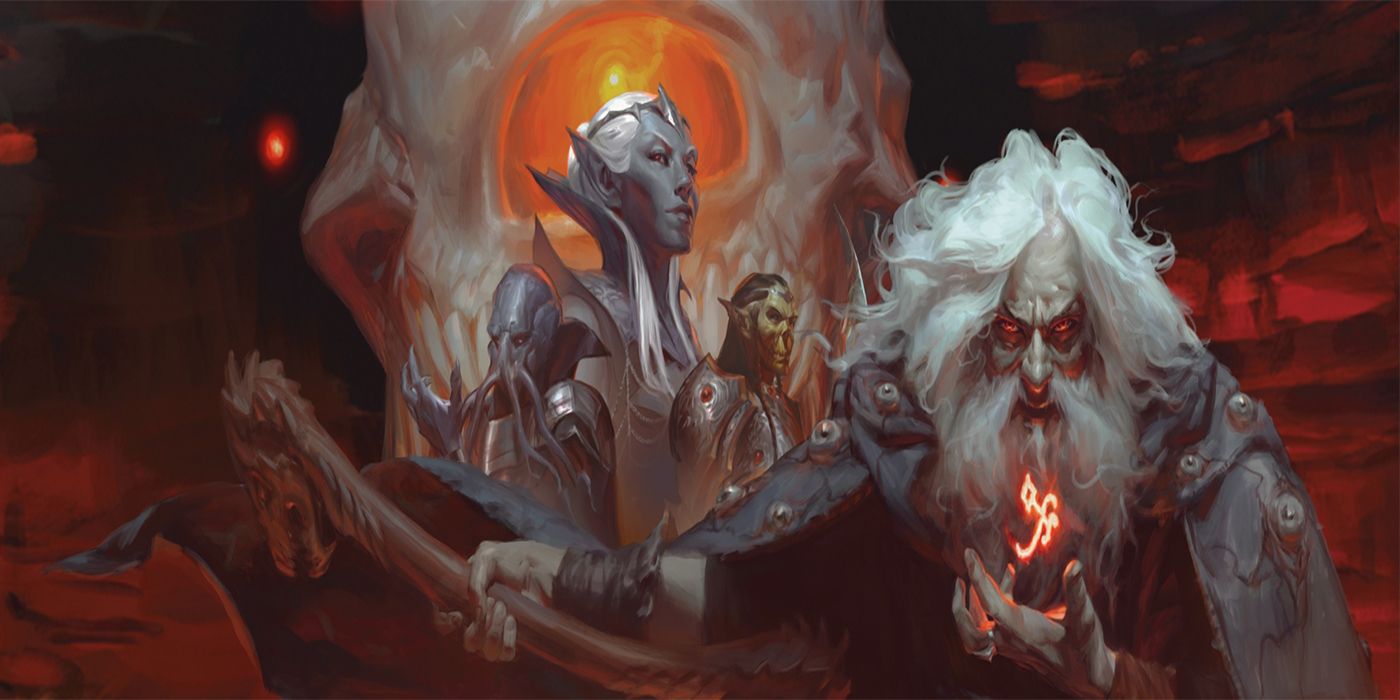
Dungeons and Dragons: How To Design a Compelling Villain
It can be difficult to design a memorable Dungeons and Dragons villain, but luckily there are more than a few tips to help create an antagonist.
A villain could be attempting to use dark magic to write some wrong from their past, or amassing wealth to bribe themselves into a position of power. Whatever their actions, the players must understand why they are trying to stop this villain, otherwise it's easy for them to lose interest and get confused, which is never a great sign for a D&D campaign.
3 Contingencies
Planning For Any Setback
A Dungeons & Dragons party will always concoct utterly bizarre plans that the Dungeon Master hadn't accounted for, so, perhaps the villain is acutely aware of their own ability to plan for the future? Perhaps they may have Glyphs of Warding in place protecting their inner sanctum, or enchanted suits of armor to protect their valuables. This can happen as much as the villain is well-equipped, for example, a rogue monarch would have no trouble hunting down the people who robbed them, or plastering their face all over the realm.
The idea here is that players should be able to knock the villain back from time to time, giving the villain a chance to gear up to their grand plan, that maybe the players don't know all about yet... The ability to get knocked down and still come back swinging makes for an extremely memorable villain, and indeed a formidable foe for Dungeons & Dragons party.
2 Respond To The Players
A Good Villain Doesn't Just Wait Around To Be Defeated
A good villain should react to the world around them, and particularly towards the players, attempting to thwart their plans. When the players push the villain back, by perhaps killing one of their key allies, the villain should respond in a way that feels consistent with their character, instead of just moving on from their small defeat. This will remind the players that the villain is someone who needs to be stopped. The villain isn't going to be nice to the party either, meaning they'll typically strike when they know the party is weakened, adding a further layer of risk and worry as players continue their adventures.
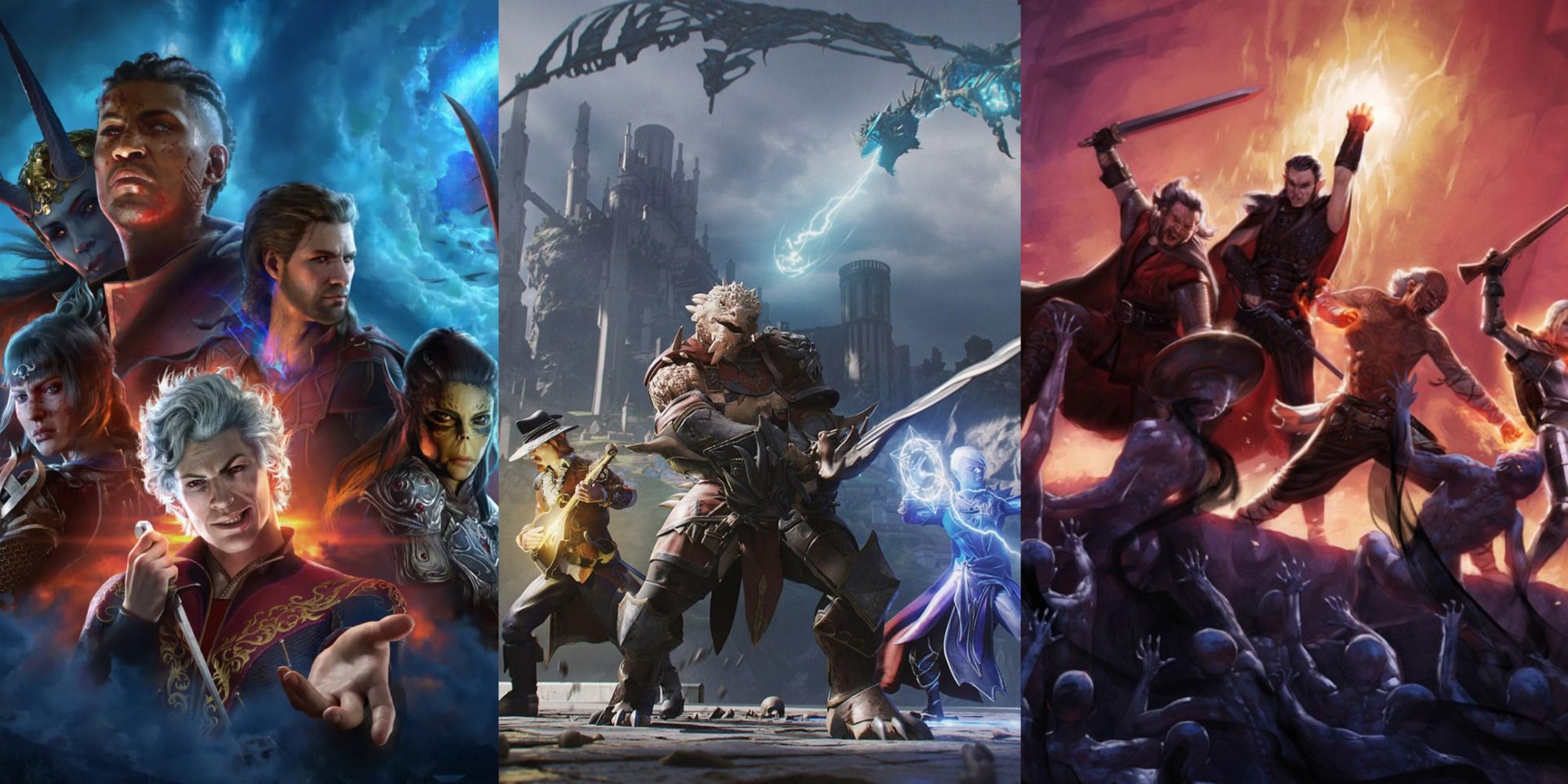
8 Hardest Dungeons and Dragons Games, Ranked
These D&D games are sure to challenge even the most seasoned adventurers.
It's unlikely an evil or corrupt villain would simply wait for their demise as the party adventures on, amassing power and allies that could be used to defeat them. Perhaps the players encounter assassins sent by the evil king, or are detained by the city guards as they attempt to covertly infiltrate a corrupt kingdom. Not only will this add to the player's motivations to take down this villain, it will provide excellent additional roleplaying opportunities, allowing players to flex their chops in a variety of different scenarios.
1 The Hero Of Their Own Story
Add An Area Of Gray Between Good And Evil
Not every villain sees themselves as a bad guy. Thanos from Avengers: Infinity War, Dexter Morgan, or Walter White have clear justifications for why they do what they do. It doesn't always mean they think what they are doing is good, merely that it's justified. This is a great trait for a villain to have. Perhaps a tragic backstory is compelling them to carry on a century-old blood feud, or the villain was slighted by the group he now tries to destroy, making them even more formidable in their determination.
Of course, this isn't absolutely necessary for a villain, but giving players something to grapple with is a much more satisfying narrative than "the evil man must die," which can, at times, feel a little hollow. Allowing a villain to believe themselves to be on the correct path will encourage players to conjure up creative solutions to beat them. They might be able to offer up an alternative solution to stop the villain in their tracks, or perhaps even give the villain what they want, in exchange for stopping their tyranny.
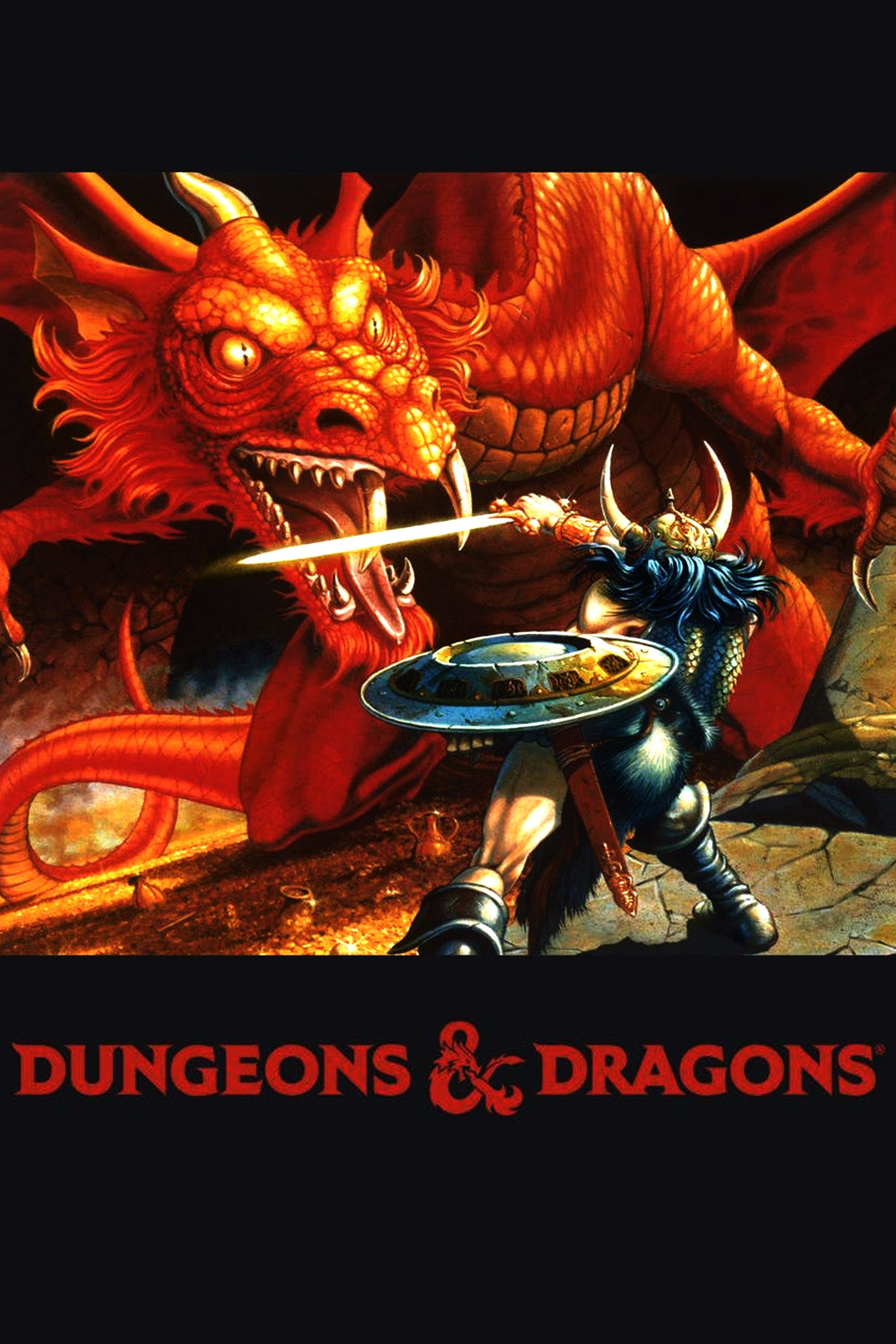
Dungeons and Dragons
- Franchise
- Dungeons & Dragons
- Original Release Date
- 1974-00-00
- Publisher
- Wizards of the Coast
- Designer
- E. Gary Gygax , Dave Arneson

